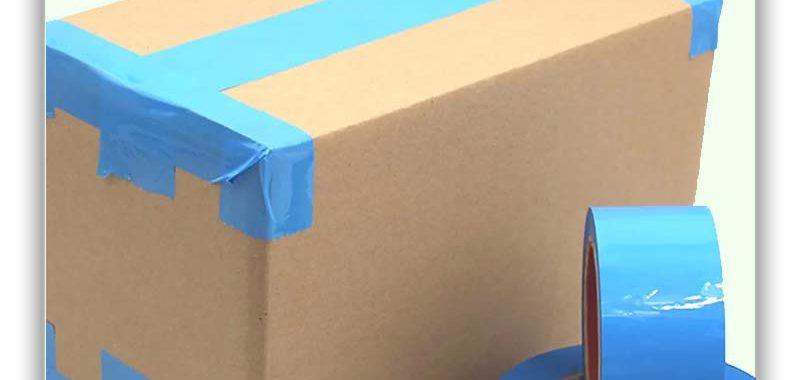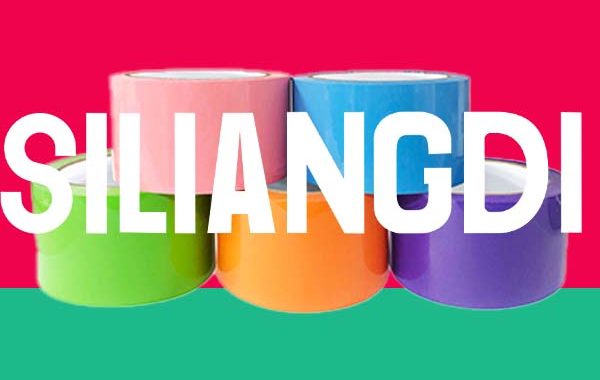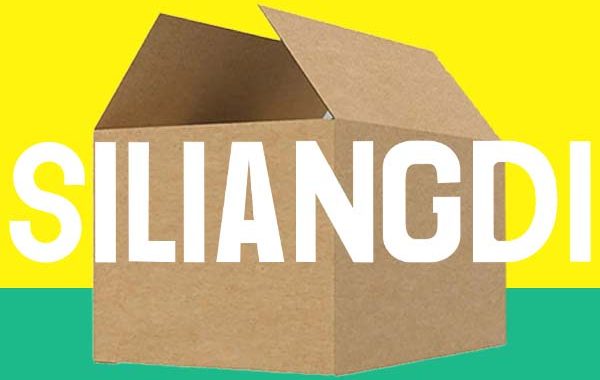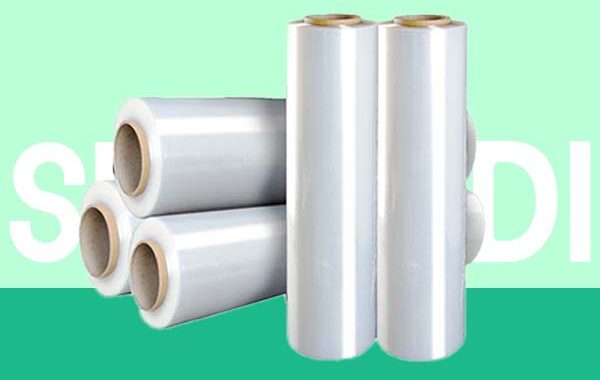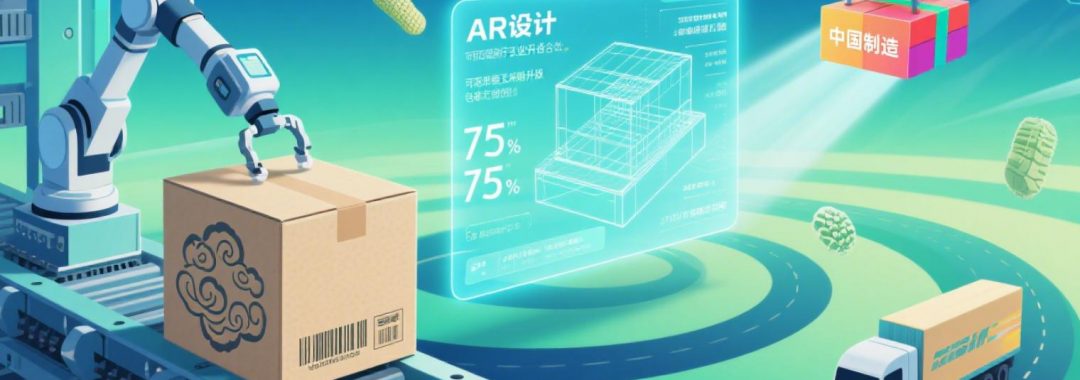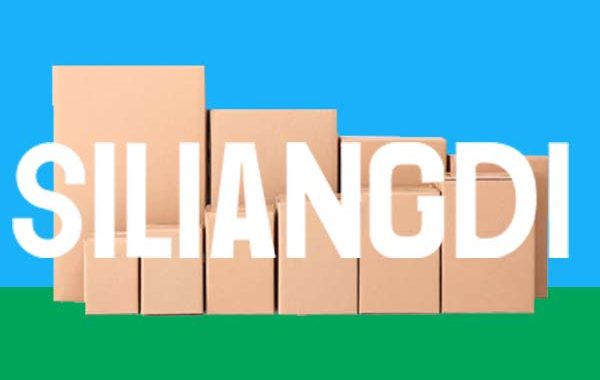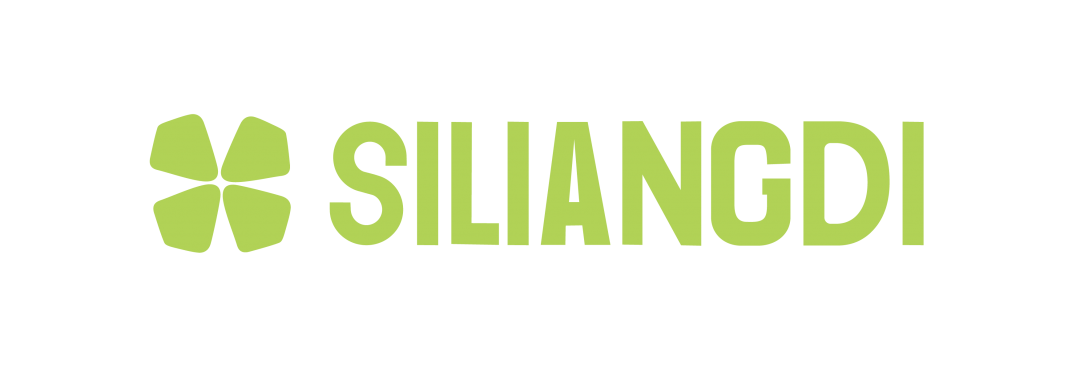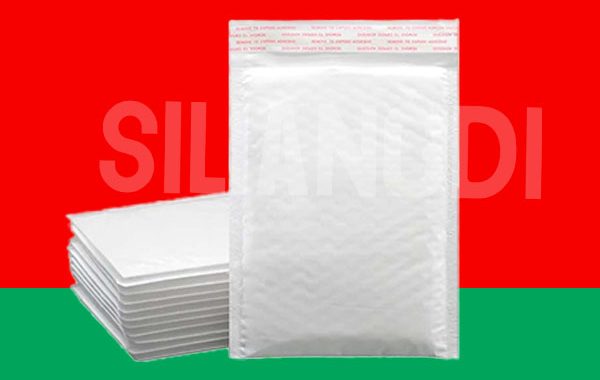Why Personalization is No Longer a Luxury, But a Operational Necessity
Market Research Report
Introduction
In the vast and often impersonal digital marketplace, DTC brands face a relentless challenge: to transcend the transactional and forge genuine, lasting emotional connections with their customers. While marketing algorithms target users with precision, the physical unboxing experience remains the most potent, tangible opportunity to solidify brand identity. For the advanced operator, the shift from generic, off-the-shelf packaging to fully customized solutions is not merely an aesthetic upgrade—it is a fundamental operational necessity. This report argues that customized packaging is a critical lever for driving customer lifetime value (LTV), ensuring supply chain efficiency, and building a defensible moat in an increasingly crowded ecosystem.
The Psychological Shift: From Utility to Experience
The modern consumer, especially within the Millennial and Gen Z demographics, does not simply purchase a product; they invest in an identity and an ethos. The journey begins online but is crystallized the moment the package arrives. A plain, unbranded brown box is a utility; it signals a mere fulfillment of order. A custom-designed box, however, is an event. It signals intention, care, and a brand that values its customer’s experience from click to unboxing.
This psychological shift is quantifiable. The “unboxing” phenomenon, popularized on social media, provides free, authentic marketing. A unique and shareable package extends brand reach and creates aspirational value. For the operator, this transforms packaging from a cost center into a revenue-driving marketing channel. It directly impacts top-line growth by enhancing perceived value, justifying premium pricing, and fostering the emotional loyalty that reduces price sensitivity.
Operational Efficiency and Brand Integrity
A common misconception is that customization introduces complexity and inefficiency. For the advanced operator, the opposite is true. Custom packaging is engineered for operational excellence.
- Perfect Fit: Bespoke boxes are designed to the exact dimensions of the flagship products. This eliminates the need for excessive and costly void fill materials, reduces package weight, and critically, minimizes Dimensional (DIM) weight charges from carriers—a major and often overlooked logistics cost.
- Streamlined Fulfillment: A standardized, custom packaging suite for all SKUs simplifies warehouse picking and packing processes. Employees no longer waste time selecting from an array of ill-fitting box sizes and combining padding materials. This increases packing speed, reduces labor costs, and virtually eliminates human error in the packing station.
- Inherent Security: A box designed for a specific product offers superior protection by minimizing internal movement during transit. This directly reduces the rate of in-transit damage, product returns, and associated customer service overhead. It secures not just the product, but the entire post-purchase experience, protecting brand reputation.
Data-Driven Customization and Scalability
The era of mass customization is here. Advanced printing technologies and on-demand manufacturing allow brands of all sizes to implement sophisticated custom packaging without the need for massive minimum order quantities (MOQs). This scalability is crucial for agile DTC brands.
Furthermore, packaging can be a tool for data collection and personalized marketing. Unique QR codes on each box can link to a personalized thank-you page, a loyalty program sign-up, or a request for a review. This turns a passive recipient into an active engagement, closing the loop between the physical product and the digital storefront. For the operator, this provides invaluable first-party data on customer behavior beyond the initial purchase.
Conclusion: The Customized Box as a Strategic Asset
For the forward-thinking independent站 operator, the decision to invest in customized packaging is a strategic inflection point. It is a direct investment in reducing operational costs (through optimized shipping and damage prevention), enhancing marketing ROI (through shareability and brand reinforcement), and most importantly, maximizing customer lifetime value. In a world where products can be easily duplicated, a unique and memorable brand experience, delivered through thoughtful packaging, becomes a company’s most durable competitive advantage. The brown box is a commodity; the custom experience is the product. To neglect this is to cede a critical battlefield to competitors who understand that in the age of DTC, the package is paramount.
Siliangdi remains committed to innovation, quality, and service. We will continue developing and producing more eco-friendly, high-performance packaging materials, striving to provide exceptional packaging solutions for more enterprises. Together, we enhance brand value and market competitiveness.
Contact Us for Custom Sizes & Private Label Options
Email:packing@siliangdi.com
Email:SLD@siliangdi.com
Explore full specifications
